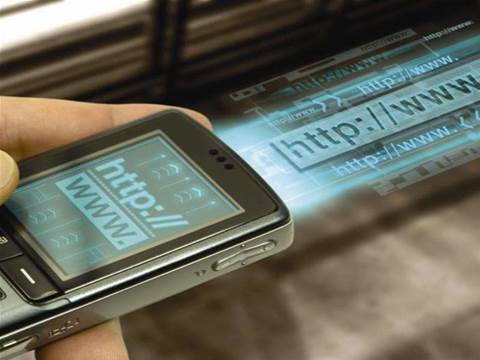The national telecommunications industry has experienced some strife recently. Weighed down by regulatory issues to do with a once-government-owned incumbent copper network, international comparisons of Australian broadband pricing and availability have proved to be embarrassing at best.
But while Telstra and the recently formed Group of Nine tiptoe through a tangle of broadband regulations and negotiations with the ACCC, other telecommunications service providers are treading into a brave new world of wireless communications.
Since the launch of Hutchison’s third-generation mobile network in April 2003, mobile telecommunications service providers have expanded their offerings from traditional voice calling to also include video calls, multimedia downloads, and Internet access.
According to 2007 survey results from the Australian Interactive Media Industry Association’s (AIMIA) Australia Mobile Phone Lifestyle Index, 30 percent of survey respondents reported using 3G technology, reflecting an 11 percent growth in 3G penetration from previous years’ results.
While voice calls and SMS were found to be the most frequently used services, survey participants also reported having used their phones for MMS, content downloads, and video calling. Seven percent of survey respondents used their mobile phones for sending and receiving email.
Speaking at a wireless discussion organised by the Australian Telecommunications Users Group (ATUG) last month, AIMIA’s head of Mobile Claudia Sagripanti said that while 11 percent of Australians are reportedly accessing the Internet via their mobile phones, public uptake of the technology remains deterred by cost.
“Data charges are a big issue for consumers because they [consumers] don’t know exactly how much they are being charged,” she said.
But cost isn’t likely to be an issue for long, as service providers race to deliver networks that are faster, cheaper, and more accessible than ever before.
When Telstra launched its $1 billion NextG network in October 2006, the network claimed to reach 98.8 percent of the Australian population, delivering voice and broadband services at speeds of up to 3.6 Mbps. The network has since been upgraded to deliver speeds of up to 14.4 Mbps, and is expected to reach speeds of up to 40 Mbps by next year.
Hutchison too upgraded its 3G mobile network in February last year to incorporate High Speed Downlink Packet Access (HSDPA) technology, increasing the network’s maximum download speed to 3.6 Mbps.
Mobile telecommunications are expected to heat up as Optus and Vodafone prepare to launch their own 3G networks by the end of the year.
At first glance, mobile Internet speeds pale in comparison to ADSL2+ wired broadband offerings that operate at speeds of around 20 Mbps.
When compared with average Australian broadband speeds of 1 Mbps as reported by the Organisation for Economic Co-operation and Development (OECD) last year, however, HSDPA may present a reasonable alternative to wired services.
And with network rivalry comes cost reductions for businesses and consumers.
Mobile Internet: the wireless convergence
By
Liz Tay
on Apr 2, 2008 4:51PM

Page 1 of 2 | Single page
Got a news tip for our journalists? Share it with us anonymously here.
Partner Content

How Expert Support Can Help Partners and SMBs Realize the Full Value of AI

Beyond the box: How Crayon Is Redefining Distribution for the Next Era

MSPs with a robust data protection strategy will achieve market success
_(21).jpg&h=142&w=230&c=1&s=1)
Empowering Sustainability: Schneider Electric's Dedication to Powering Customer Success

Shared Intelligence is the Real Competitive Edge Partners Enjoy with Crayon







.jpg&w=100&c=1&s=0)










